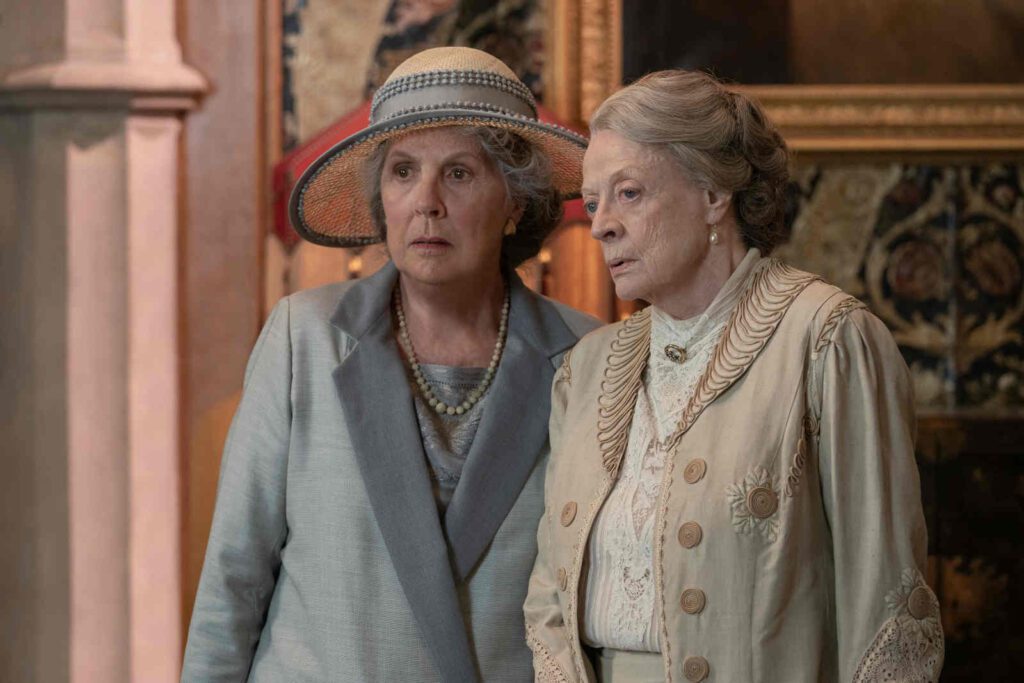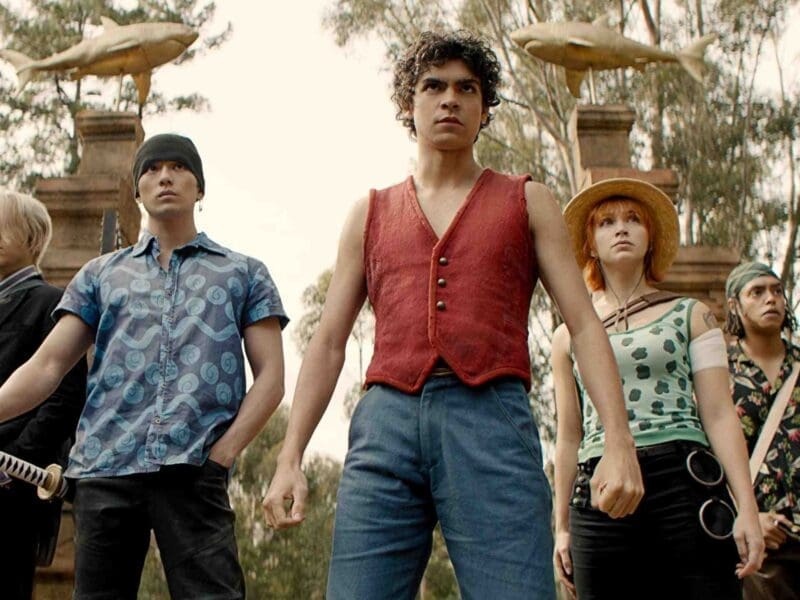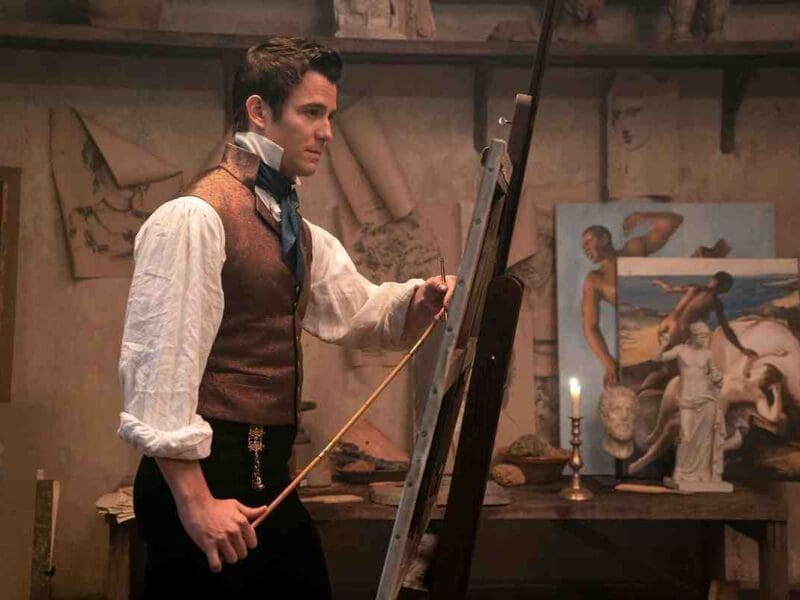
‘Downtown Abbey’: Discover which characters you’ll be friends with
Ever since it hit our screens back in 2010, Downton Abbey has been nothing short of a small screen sensation. This binge-worthy British period drama is more than just aristocrats and their fancy dinners. It’s a juicy blend of romance, drama, and history – all wrapped up in some seriously stunning early 20th-century fashion. You’ve got the posh Crawley family living the high life upstairs, and their loyal, sometimes-scandalous servants hustling downstairs.
The characters are so diverse and dynamic that their personal timelines could practically be a soap opera of their own. From bold and rebellious daughters to steadfast servants, each character’s journey is packed with surprises, heartaches, and those ‘OMG’ moments we live for.
So grab your monocle and let’s take a dive into the timeline of the lords, ladies, butlers, and maids that make Downton Abbey the addictive drama we just can’t quit.

The terrace
First up, we have Robert Crawley, Earl of Grantham (Hugh Bonneville). Born into nobility in 1860, Robert came into his title as the Earl of Grantham at just 20 years old in 1880. The family estate, the majestic Downton Abbey, faced a financial crisis, compelling him to marry Cora Levinson, an American heiress, in 1889. This union proved to be more than just a convenient arrangement, blossoming into a genuine and loving partnership over the years. The couple welcomed three daughters into their lives: Mary in 1891, Edith in 1892, and Sybil in 1895.
Lady Mary Crawley (Michelle Dockery), the eldest Crawley daughter, was often seen as the more sophisticated and somewhat aloof sister. Her romantic entanglements and the scandalous death of a Turkish diplomat in her bed in 1913 were a central storyline in the early seasons. In 1920, she finally wed her true love, Matthew Crawley, the heir to Downton, and later gave birth to their son, George, in 1921.
The middle daughter, Lady Edith Crawley (Laura Carmichael), was often overshadowed by her sisters and faced numerous heartbreaks. Yet, she displayed incredible resilience, eventually finding happiness and success as a newspaper editor and a mother to her illegitimate daughter, Marigold. The series concludes with her marrying Bertie Pelham, the Marquess of Hexham, in 1926, thereby becoming the highest-ranking member of her family.

The parlor
Lady Sybil Crawley (Jessica Brown Findlay) was the most compassionate and progressive of the Crawley sisters. Her decision to train as a nurse during World War I and her scandalous marriage to the Irish chauffeur, Tom Branson, in 1919 showcased her rebellious nature. Unfortunately, her life was tragically cut short in 1920 due to complications from childbirth, leaving behind a daughter, Sybbie.
The Crawley family’s story would be incomplete without their loyal servants. The stern but fair butler Mr. Charles Carson (Jim Carter) served the family for decades, finally retiring in 1925. His romantic storyline with housekeeper Mrs. Elsie Hughes (Phyllis Logan) was a fan favorite, culminating in their much-anticipated wedding in 1925.
John Bates (Brendan Coyle), Lord Grantham’s valet, faced many hurdles in his life, from his limp due to a war injury to his tumultuous marriage to his imprisonment for the suspected murder of his first wife. Yet, he found happiness with head housemaid Anna Smith (Joanne Froggatt), and they had a son in 1925.

The gala
The sharp-tongued Dowager Countess, Violet Crawley (Dame Maggie Smith), provided much of the series’ comic relief with her quick wit and candid remarks. Although her exact birth year is not mentioned, she must have been born sometime in the 1840s, given that she was married in 1860. Her unlikely friendship with middle-class Isobel Crawley, Matthew’s mother, added depth to her character.
“Downton Abbey” has truly woven a rich tapestry of interconnected lives, mirroring the societal shifts of the early 20th century. While the story continues with the arrival of Tom Branson (Allen Leech), the family’s former chauffeur turned son-in-law, his journey represents a shift in the societal norms of the time. Marrying into the family in 1919, he became a widower a year later with the death of Sybil, and had to navigate his unique place within the aristocratic world as the father of young Sybbie.
Another key character is Thomas Barrow (Rob James-Collier), who began as a footman and valet, often playing the role of the villain in the early seasons. His complex character arc, including his struggles with his sexuality in a time of severe discrimination, led to him eventually becoming the butler of Downton by 1926, following Mr. Carson’s retirement.

The bottom glass
Downton Abbey, with its compelling characters and intricate web of relationships, has given us more than just a glimpse into the glamour and struggles of the early 20th century British society. It’s an elaborate historical tableau that beautifully juxtaposes the evolving societal norms with the profound human experiences of love, loss, and resilience.
From the nobility of the Crawley family to the unwavering dedication of the domestic staff, the individual timelines merge into a powerful narrative that echoes through the majestic halls of Downton Abbey. Each character’s journey, marked by their personal battles and victories, encapsulates a piece of history, reflecting the significant transformations of that era.
While the chronological exploration offers a captivating overview of their lives, it’s their collective story that truly defines the essence of this iconic series. As we trace these timelines, we not only relive their moments of triumph and despair but also celebrate the enduring legacy of Downton Abbey – a masterful depiction of life and its complexities in a bygone era, resonating with audiences even today.
_







